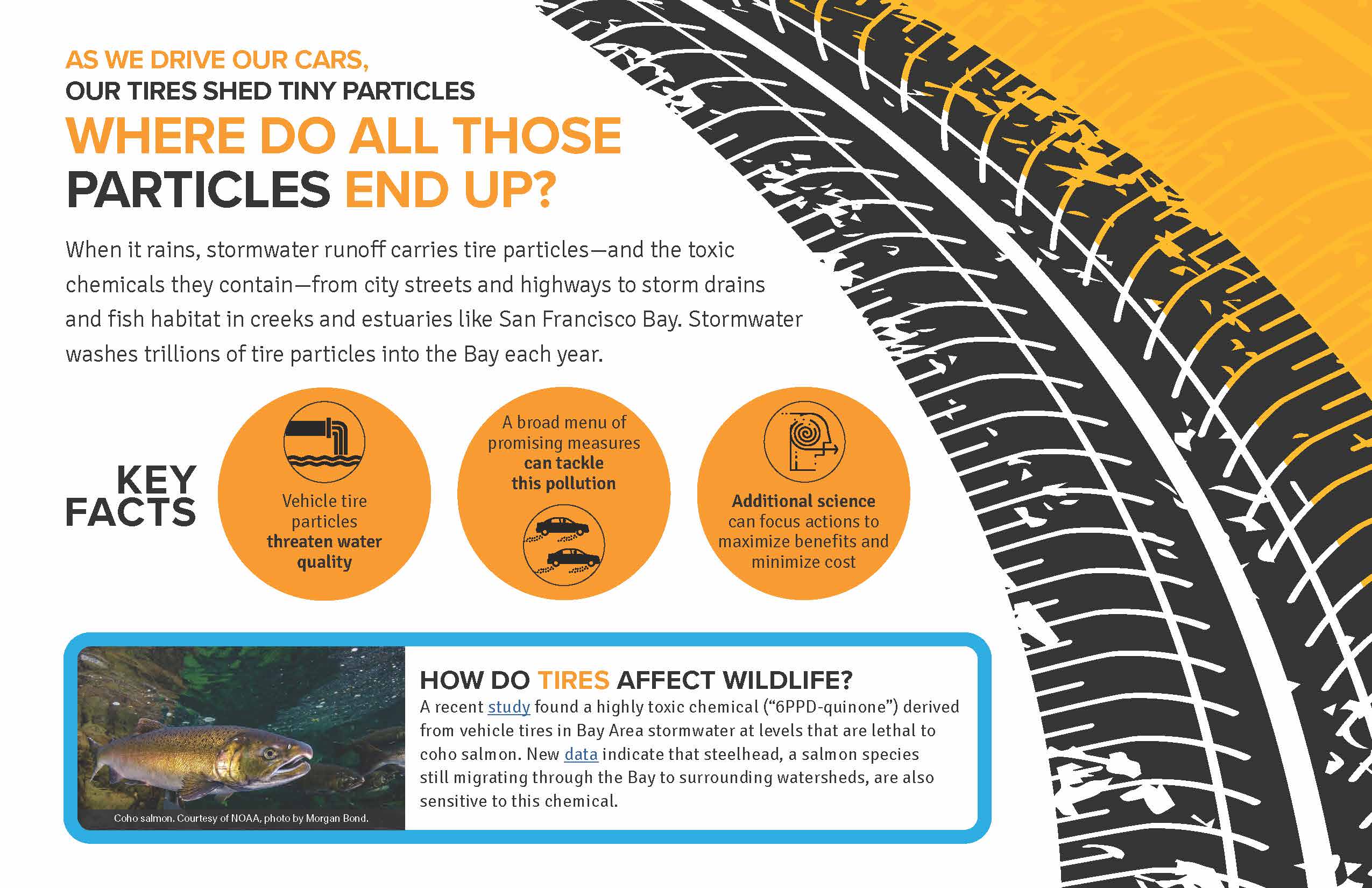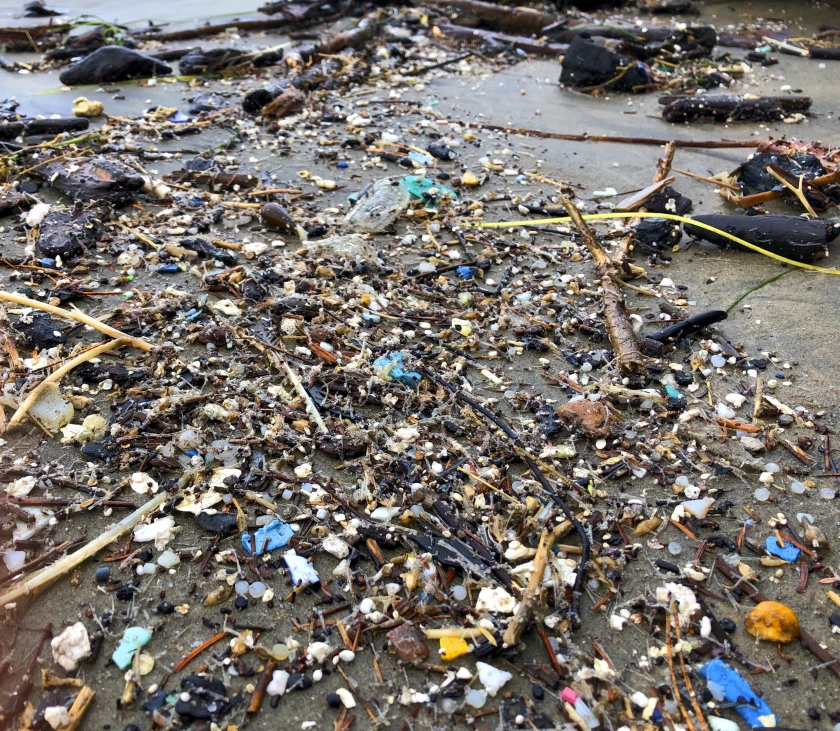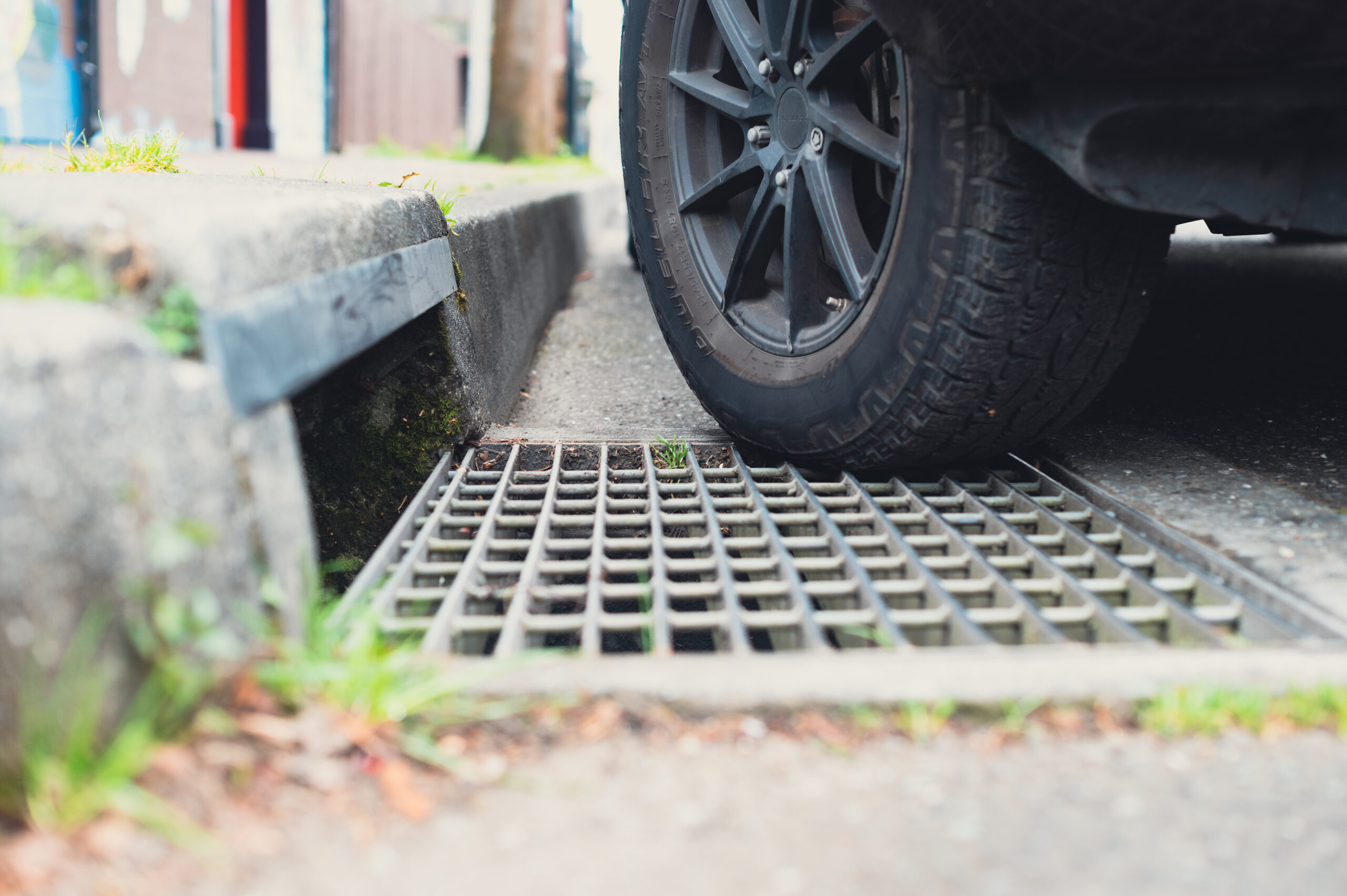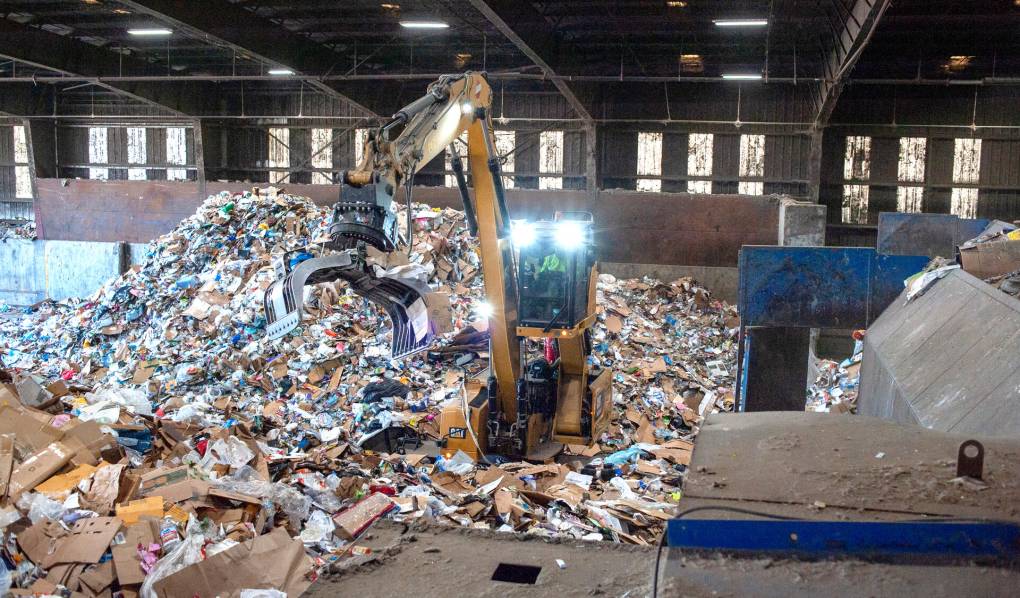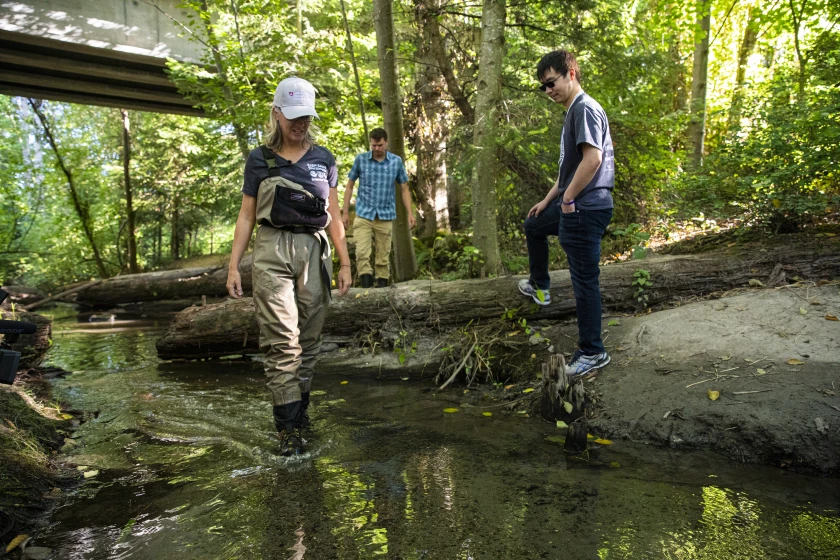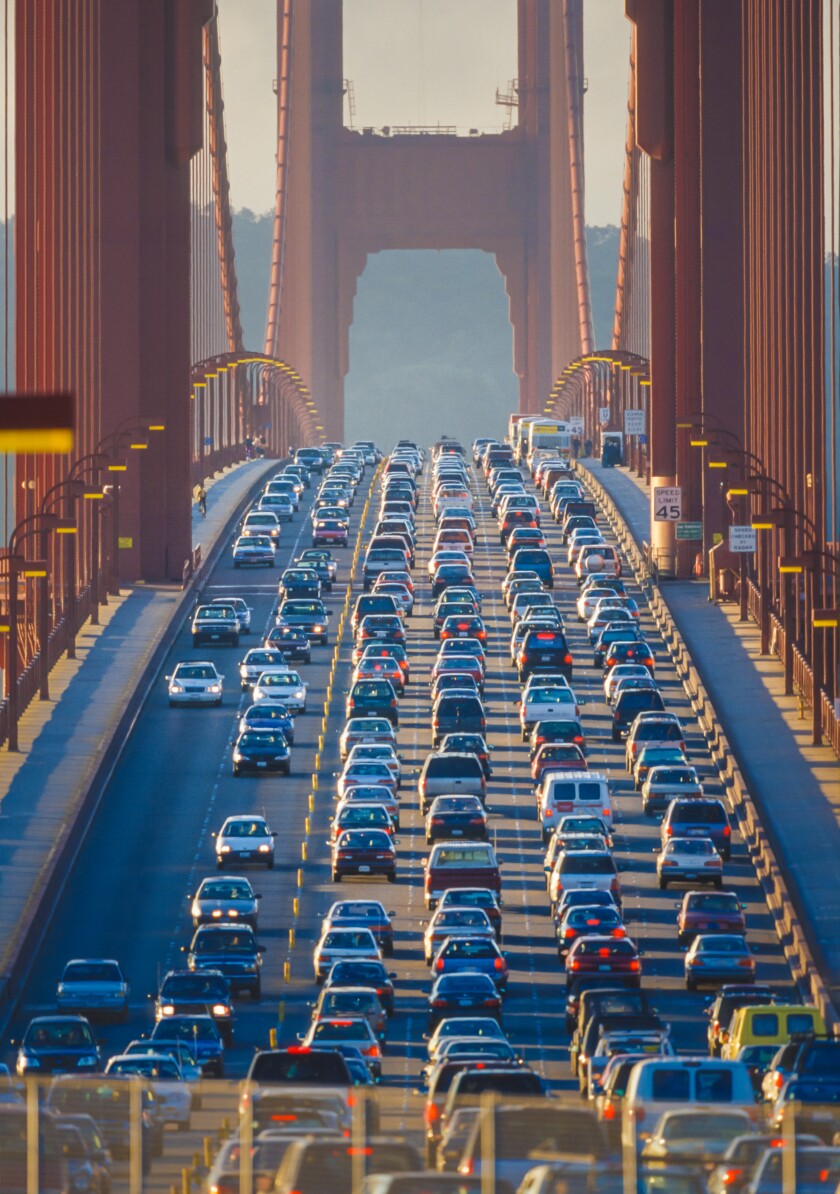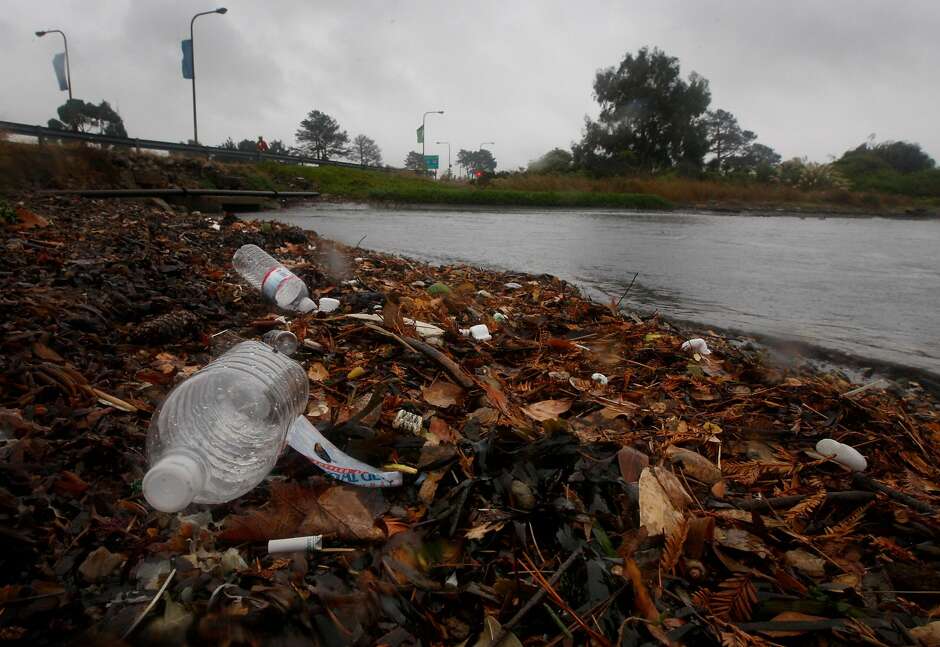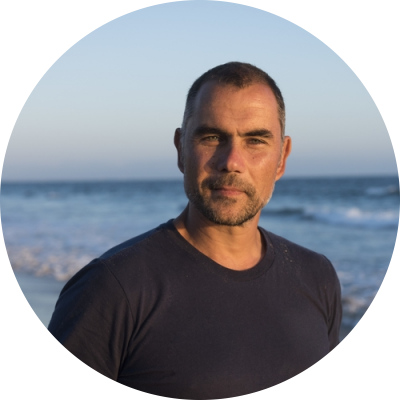The Problem with Microplastics
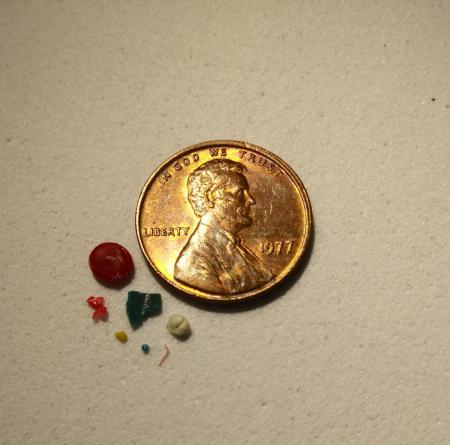
Microplastics are tiny bits of plastic five millimeters or smaller. Their small size exempts them from most regulations, but makes microplastics a big pollution problem.
Building on SFEI’s major finding that storm-driven runoff from cities is a major pathway for microplastics to enter California’s aquatic ecosystems, this new report synthesizes available information on sources of microplastics to urban runoff, including textile, cigarette filter, and other types of fibers; single-use plastic foodware; and vehicle tires. It illustrates how plastic products and their breakdown microplastic particles move through the environment, traveling through the air, depositing on the urban landscape, and washing into streams, rivers, and coastal locations during storm events. The report also illustrates a broad menu of promising measures that California agencies, the public, and the vehicle industry can use to tackle each of the major sources of microplastic pollution.
Results
Kelly Moran and Ruth Askevold, 2022. Microplastics from Tire Particles in San Francisco Bay Factsheet. San Francisco Estuary Institute: Richmond, CA.
Kelly Moran, et al. 2021. A Synthesis of Microplastic Sources and Pathways to Urban Runoff. San Francisco Estuary Institute: Richmond, CA.
Related Publications
Rebecca Sutton, et al. 2019. Understanding Microplastic Levels, Pathways, and Transport in the San Francisco Bay Region. San Francisco Estuary Institute: Richmond, CA.
Werbowski, et al., 2021. Urban Stormwater Runoff: A Major Pathway for Anthropogenic Particles, Black Rubbery Fragments, and Other Types of Microplastics to Urban Receiving Waters.Environmental Science and Technology Water. SFEI Contribution No. 1040.
Zhu, X et al., 2021. et al. 2021. Holistic Assessment of Microplastics and Other Anthropogenic Microdebris in an Urban Bay Sheds Light on Their Sources and Fate.Environmental Science and Technology Water. SFEI Contribution No. 1060.
Rochman, C. M.; Munno, K.; Box, C.; Cummins, A.; Zhu, X.; Sutton, R. 2020. Think Global, Act Local: Local Knowledge Is Critical to Inform Positive Change When It Comes to Microplastics. Environmental Science & Technology. SFEI Contribution No. 1024.
Miller, E.; Sedlak, M.; Lin, D.; Box, C.; Holleman, C.; Rochman, C. M.; Sutton, R. 2020. Recommended Best Practices for Collecting, Analyzing, and Reporting Microplastics in Environmental Media: Lessons Learned from Comprehensive Monitoring of San Francisco Bay. Journal of Hazardous Materials . SFEI Contribution No. 1023.
Brander, et al., 2020. Sampling and Quality Assurance and Quality Control: A Guide for Scientists Investigating the Occurrence of Microplastics Across Matrices. Applied Spectroscopy 74 (9). SFEI Contribution No. 1012.
Hung, C.; Klasios, N.; Zhu, X.; Sedlak, M.; Sutton, R. 2020. Methods Matter: Methods for Sampling Microplastic and Other Anthropogenic Particles and Their Implications for Monitoring and Ecological Risk Assessment. Integrated Environmental Assessment and Management 16 (6). SFEI Contribution No. 1014
Miller, E.; Klasios, N.; Lin, D.; Sedlak, M.; Sutton, R.; Rochman, C. 2020. Microparticles, Microplastics, and PAHs in Bivalves in San Francisco Bay. SFEI Contribution No. 976. San Francisco Estuary Institute: Richmond, CA.
Meg Sedlak et. al., 2019 SFEI Microplastics Strategy Update SFEI Contribution No. 951. San Francisco Estuary Institute: Richmond, CA.
Gilbreath et al., 2019. Journal of Sustainable Water in the Built Environment. Multiyear Water Quality Performance and Mass Accumulation of PCBs, Mercury, Methylmercury, Copper, and Microplastics in a Bioretention Rain Garden.
Xia Zhu, et al., 2019. Environmental Science & Technology. Identification of Microfibers in the Environment Using Multiple Lines of Evidence. https://doi.org/10.1021/acs.est.9b05262
Rachel L. Merzel, et al., 2019. Global Challenges. Uptake and Retention of Nanoplastics in Quagga Mussels. https://doi.org/10.1002/gch2.201800104
Sutton, R.; Sedlak, M. 2017. Microplastic Monitoring and Science Strategy for San Francisco Bay. SFEI Contribution No. 798. San Francisco Estuary Institute: Richmond, CA.
Rebecca Sutton, et al., 2016. Marine Pollution Bulletin. Volume 109, Issue 1. Microplastic contamination in the San Francisco Bay, California, USA. https://doi.org/10.1016/j.marpolbul.2016.05.077
Rebecca Sutton, 2016. Microplastic Contamination in San Francisco Bay - Fact Sheet. 2015, Revised 2016. SFEI Contribution No. 770.
Project Partners and Funding Sources
Partners:
Funders:

Moore Foundation
With Additional Support From:

San Francisco Bay Regional Monitoring Program for Water Quality

Patagonia

City of Palo Alto

East Bay Municipal Water District

Virginia Wellington Cabot Foundation

California Ocean Protection Council

San Francisco Baykeeper

